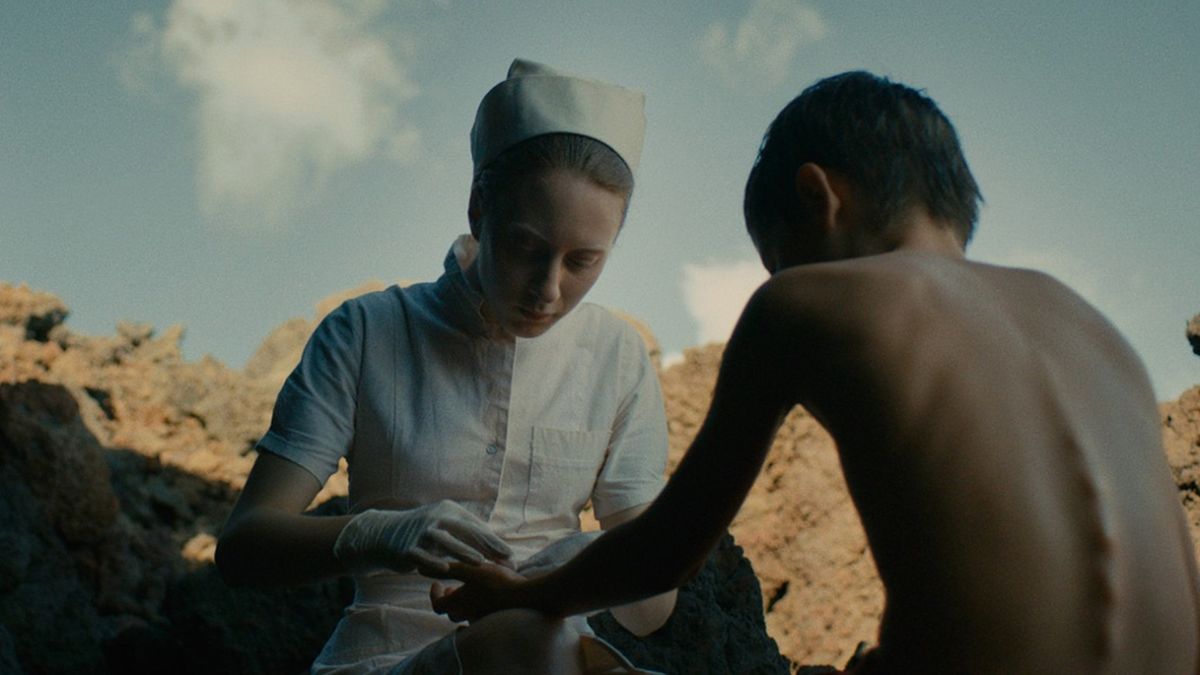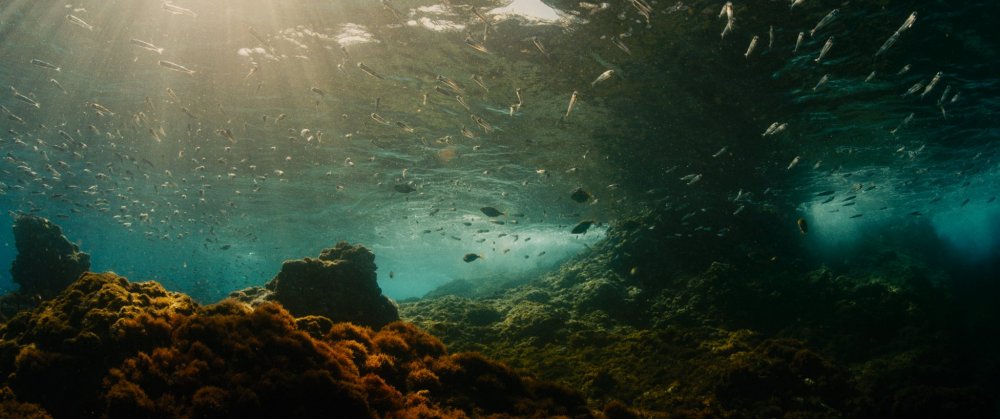b
Evolution
Evolution (2015) is an enigmatic, beautiful, subtly disturbing film from director Lucile Hadžihalilović, her first feature-length title since Innocence in 2004. It belongs in both the horror and science fiction categories, but it isn’t confined within those genres and I wouldn’t classify it under either of those. Visually striking without being ostentatious, it has a lot of impressive atmosphere. It is not at all lavish, but everything about its visual design is so memorable, from the stark, simple, whitewashed, cube-like buildings, to the slightly decayed, peeling green walls of the hospital. It is very minimalist, managing to feel austere and dreamy at the same time – everything about it is elegant, purposeful, and careful. It has a certain purity. I feel like there is nothing superfluous in it, not a single scene, gesture, or facial expression wasted.

